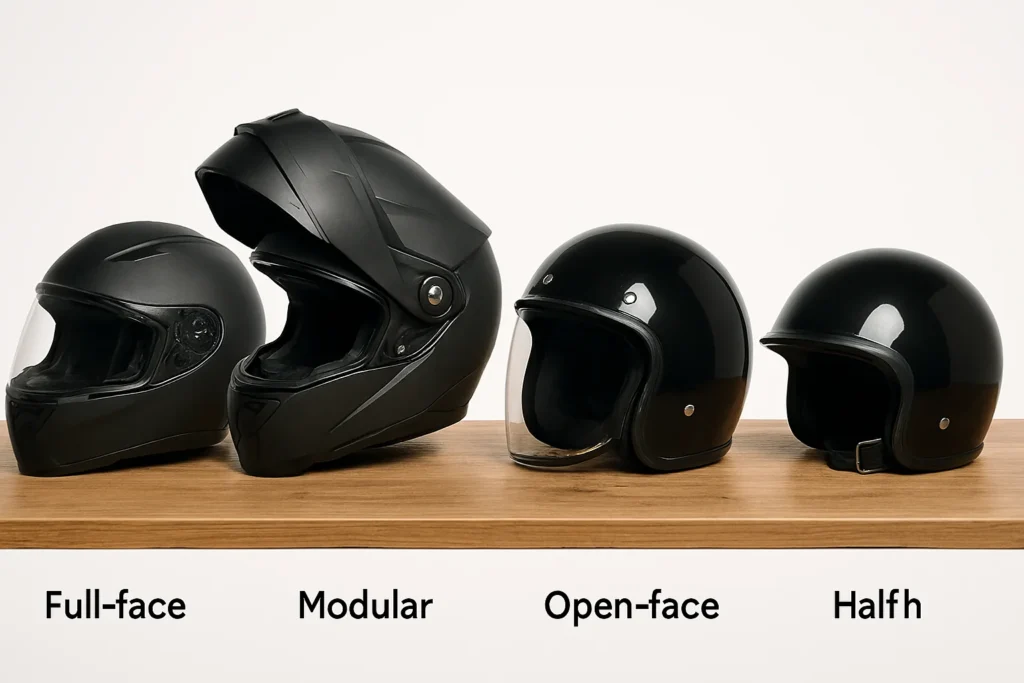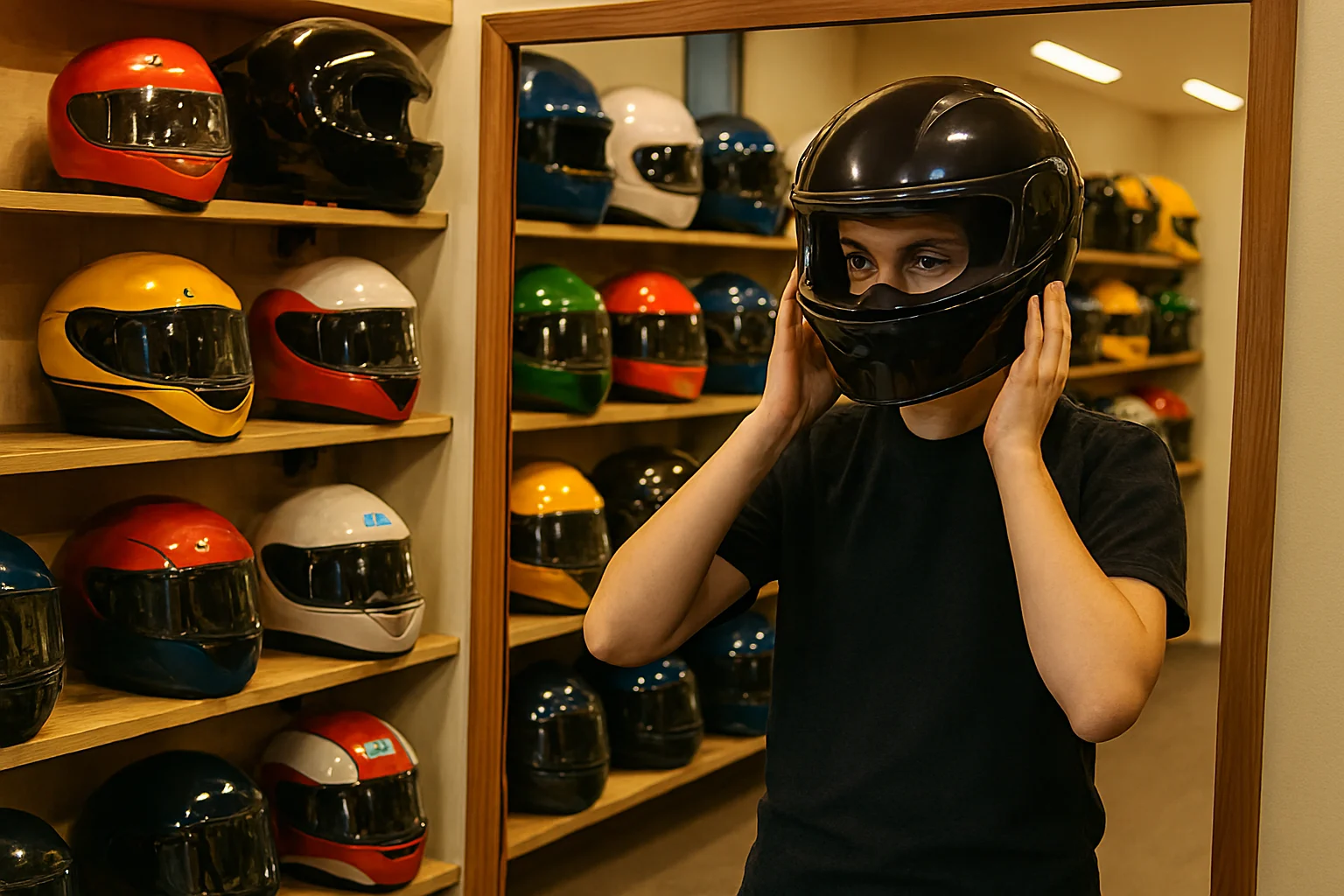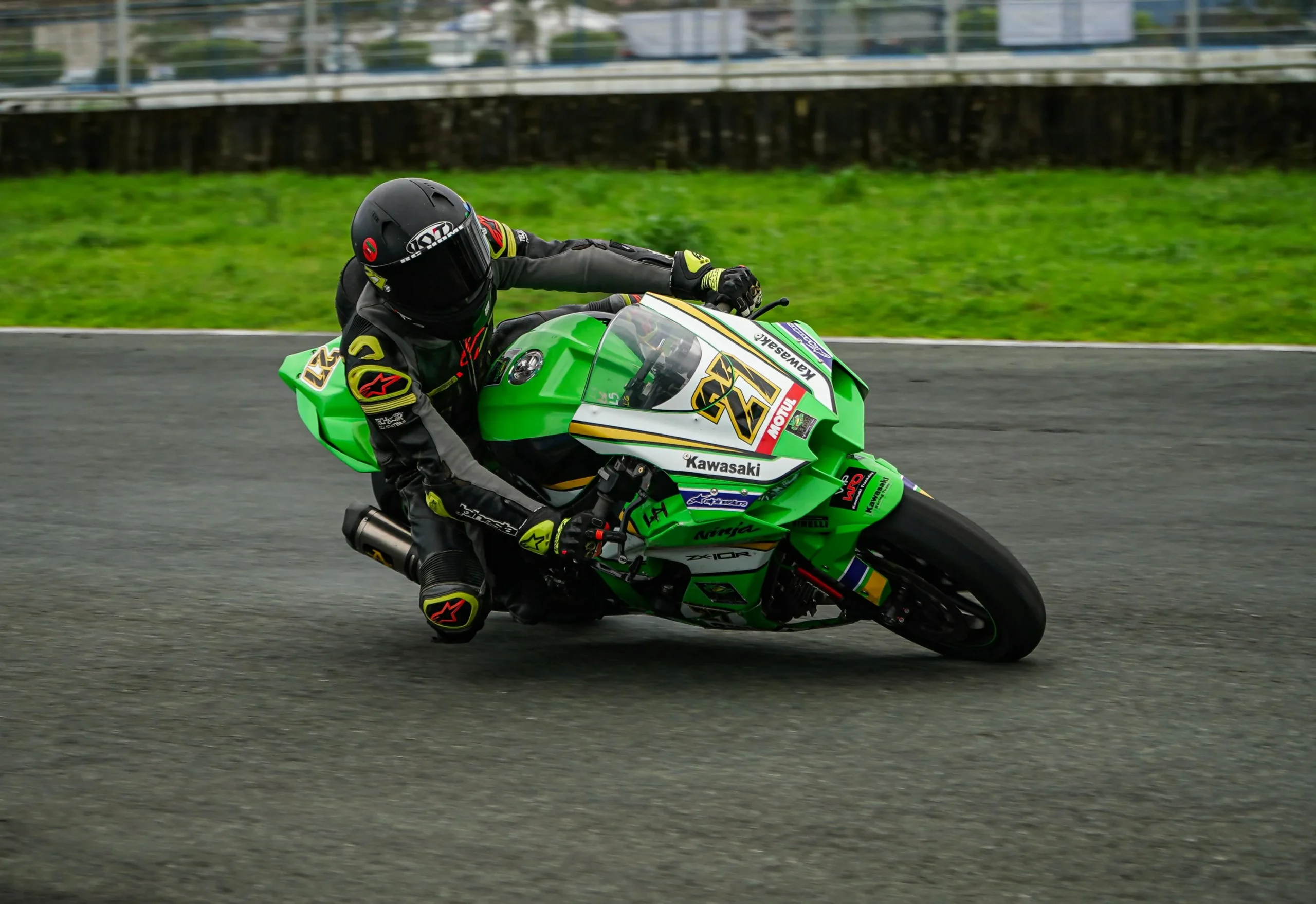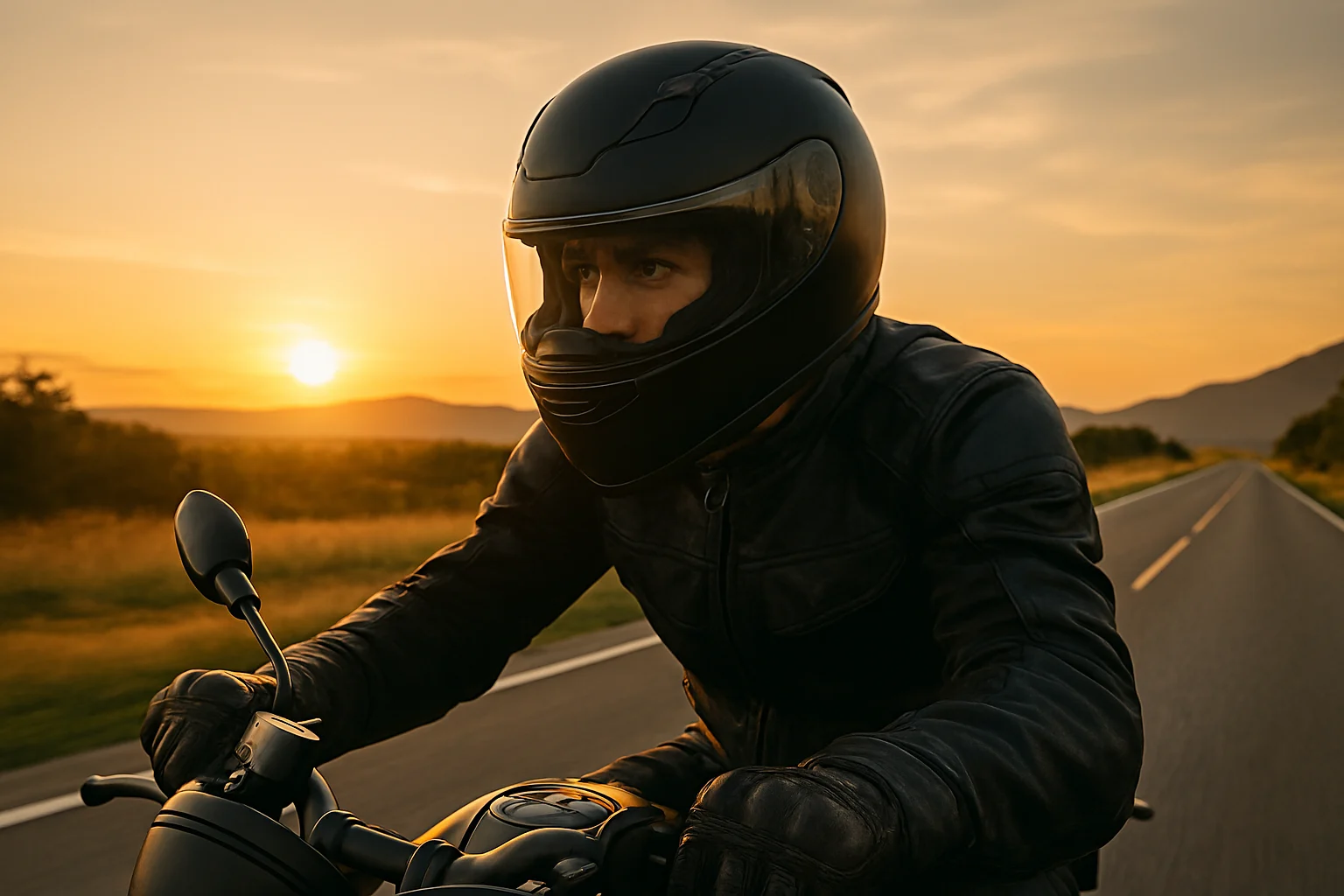When I decided to buy my first motorcycle, I was beyond excited. The freedom, the wind on my face, the feeling of being part of the road instead of just a passenger in a car, it all sounded like a dream. But along with that dream came a very real responsibility: I needed a good motorcycle helmet. Explore the best places to gear up with confidence by checking out where to get a motorcycle helmet, a guide that helps you find the perfect fit and style.
I had no clue where to start. Like you, I typed what are good motorcycle helmets into Google and was instantly hit with hundreds of options, brands, and confusing safety ratings. I felt lost. But after a lot of research, asking experienced riders, and even trying on more helmets than I can count, I found the perfect one for me.
In this post, I want to share that journey. Whether you are buying your first helmet or replacing an old one, I will walk you through what to look for, why it matters, and how to make sure your helmet actually protects you.
Why a Good Motorcycle Helmet Matters
Before I even started looking at helmets, an older biker told me something that stuck: Your helmet is the one piece of gear that stands between you and serious injury, or worse, in an accident.
That made me take my search seriously. A helmet is not just an accessory. It’s the most important piece of motorcycle safety gear you will ever own.
Here’s why a good motorcycle helmet is essential:
- Protection from impact, In a crash, your head is vulnerable. A quality helmet absorbs shock and spreads the force over a larger area.
- Wind and debris protection, Bugs, rocks, and dust are not fun at 60 mph. A visor keeps your eyes safe.
- Weather protection, Rain, cold, and even harsh sunlight are less of a problem with the right helmet.
- Legal requirements, In many places, wearing a helmet is the law.
When you think about it, what are good motorcycle helmets really comes down to which ones will protect you best and still be comfortable enough for long rides.
Understanding Helmet Safety Ratings
When I first walked into a store, I noticed little stickers on helmets with words like DOT, ECE, and Snell. I had no idea what they meant.
Here’s the simple version:
- DOT, This is the US safety standard. If your helmet has a DOT sticker, it meets the basic legal safety requirements in the US.
- ECE 22.06, This is a European standard, and it is often considered stricter than DOT. Many helmets now have both DOT and ECE ratings.
- Snell, This is an independent safety rating, often found on racing helmets. It means the helmet has passed very high safety tests.
For me, I chose a helmet that had both DOT and ECE certification. That way I knew it met international safety standards. Curious about Voss helmets? Find out if they live up to the hype, are Voss helmets good? gives you what you need to know before you buy.
What Are Good Motorcycle Helmets: Types of Motorcycle Helmets
One big thing I learned is that there is no single “best” helmet for everyone. The right helmet depends on the type of riding you do.

Here are the main types I looked at:
- Full-Face Helmet
- Covers your entire head and face
- Best protection for high-speed riding
- Great for all-weather conditions
- Modular Helmet
- Looks like a full-face but the chin bar flips up
- More convenient if you talk to people often while riding
- Slightly heavier than a full-face
- Open-Face Helmet
- Covers the top and sides of your head but not your chin
- Great for city riding but less protection in a crash
- Half Helmet
- Covers only the top of your head
- Lightest option but minimal protection
For my first helmet, I went with a full-face helmet because I knew I wanted maximum protection while learning.
How to Find the Perfect Fit
This was the most important step for me. A helmet can have all the safety ratings in the world, but if it does not fit properly, it will not protect you the way it should.
Here is how I made sure mine fit perfectly:
- Measure your head, Use a soft measuring tape around the widest part of your head (just above your eyebrows).
- Check the size chart, Every brand’s sizes are a little different.
- Try it on, It should feel snug all around, with no pressure points.
- Do the shake test, Move your head side to side. The helmet should move with you, not slide around.
One thing I learned is that a new helmet should feel tight at first. The padding will loosen slightly after a few rides. Wondering if Ruroc is worth your money? Dive into our honest review, is Ruroc a good helmet? and get clear insights.
Comfort Features to Look For
While safety was my top priority, I quickly realized that comfort matters just as much for long rides.
Some features that made a huge difference for me:
- Ventilation, Keeps you cool in hot weather
- Removable liners, Easy to wash and keep fresh
- Wide visor, Better visibility, especially at night
- Anti-fog coating, Keeps your vision clear in rain or cold
I also made sure the helmet was lightweight so my neck wouldn’t get tired on longer rides.
Why I Chose My Helmet
After trying on different brands, I ended up buying a Shoei RF-1400. It checked every box for me:
- DOT and ECE certified
- Full-face design for maximum safety
- Excellent ventilation
- Comfortable fit for my head shape
- Lightweight but sturdy
Was it the cheapest helmet? No. But when I asked myself what are good motorcycle helmets and thought about how much my head was worth, the answer was clear, it was worth the investment.
How Good Helmets Help in Real Riding
Since getting my helmet, I have been on dozens of rides. I have ridden in hot summer sun, chilly morning air, and even through sudden rain showers. Each time, I was glad I had chosen quality over price.
Here’s how it helps me as a biker:
- My visor blocks glare so I can ride comfortably at sunset
- The snug fit keeps wind noise low so I can focus on the road
- The strong shell gives me peace of mind at higher speeds
- I can ride for hours without neck strain
It is not just about surviving a crash, a good motorcycle helmet makes every ride safer and more enjoyable.
Tips for First-Time Helmet Buyers
If you are about to buy your first helmet, here is my quick advice:
- Set a budget but focus on safety first, Cheap helmets can be fine if they are certified, but avoid no-name brands with no safety rating.
- Try before you buy, Fit is everything.
- Choose the right type for your riding style, Full-face for all-around use, modular for convenience, open-face for short city rides.
- Check return policies, In case the fit is wrong after a test ride.
How Often Should You Replace Your Helmet?
This was something I didn’t know before. Even if you never crash, you should replace your helmet every 5 years.
Here’s why:
- The foam inside loses its ability to absorb impact over time
- Sweat and sun can weaken the materials
- Newer helmets often have better safety technology
If you drop your helmet hard or are in a crash, replace it immediately. Thinking two-way communication while riding sounds cool? Learn if motorcycle helmets come with Bluetooth and what to look for.
Final Thoughts, My Advice to Fellow New Riders
Buying my first helmet was a mix of excitement and confusion. But now, I can honestly say that finding the right helmet has made me a more confident rider.
When people ask me what are good motorcycle helmets, I tell them: A good helmet is one that fits you perfectly, meets top safety standards, and is comfortable enough that you will wear it every single time you ride.
Do not think of it as just buying gear, think of it as investing in your safety and your future on the road.
Whether you go for a Shoei, Arai, HJC, or another trusted brand, remember that your helmet is the most important thing you will ever put on your motorcycle journey. Want to know if Ruroc is the right brand for you? We break it down clearly, is Ruroc a good brand? has the answers.
So take your time, try different ones, and find the helmet that makes you feel both protected and ready for adventure. Because once you put that helmet on and fire up your bike, the road ahead will feel like pure freedom, and you will know you are ready for it.





